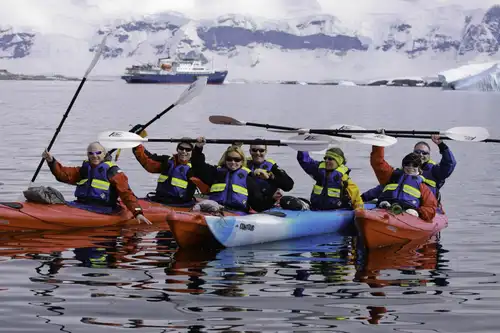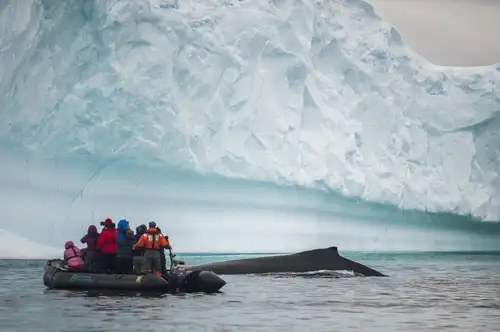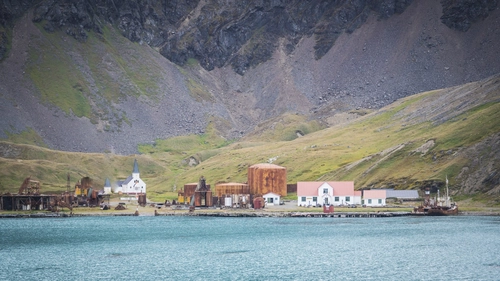Name: Northern Giant Petrel (Macronectes halli) - Hall's Giant Petrel, Sea Vulture
Southern Giant Petrel (Macronectes giganteus) - Antarctic Giant Petrel, Giant Fulmar, Stinker, Stinkpot, Gluttons
Length: Northern - 80 to 95 cm. Southern - 85 to 100 cm.
Weight: Northern - 3 to 5 kg. Southern - 3 to 8 kg.
Location: Antarctic and subtropical regions of South America, Australia, and Africa.
Conservation status: Least Concern.
Diet: Carrion, birds, krill, squid, fish.
Appearance: Mottled grey or brown. Hooked bills. Resemble Albatrosses but are more hunch-backed.

How do Giant Petrels feed?
Giant Petrels are opportunistic feeders, eating almost anything they can find. Unlike other procellarids, they feed on land, primarily on carrion. They attack other birds, sometimes beating or drowning them, especially juveniles and chicks. Giant Petrels also follow fishing ships to pick fish from nets and collect offal.
Are Giant Petrels social?
Giant Petrels are generally solitary until breeding season but often gather around food sources, becoming aggressive over disputed food.

How fast do Giant Petrels fly?
Giant Petrels can sustain speeds of up to about 20 metres per second under favourable conditions.
What are Giant Petrel birthing rituals like?
Northern Giant Petrels become sexually mature around 10 years old, while Southern Giant Petrels mature at about 6 years. They share many breeding locations, although Northern Petrels breed about six weeks earlier than Southern Petrels, which start in October. Nests are built on rocky or grassy ground from moss, grass, and stones. One egg is laid and incubated for around 60 days. Chicks fledge at about four months, after which they are left to forage on their own.
How long do Giant Petrels live?
Giant Petrels live up to 20 years in the wild.

How many Giant Petrels are there today?
The Northern Giant Petrel population is estimated between 17,000 to 21,000, while the Southern population is about 97,000.
Do Giant Petrels have any natural predators?
Giant Petrels do not have significant natural predators but may encounter conflict when hunting Skua chicks and eggs.
7 Grand Giant Petrel Facts
- Petrels produce stomach oil they can spray as a defense or regurgitate for energy during long flights.
- They are the only Procellariidae family members with strong enough legs to move around on land.
- They secrete a saline solution from a nasal passage to expel excess salt ingested while feeding.
- About 15% of Southern Giant Petrels are almost entirely white, often mistaken for albatrosses.
- Northern Giant Petrels have reddish-pink bills, while Southern Petrels' bills are pale green.
- Macronectes comes from the Greek words "makros" (long) and "nēktēs" (swimmer).
- The name "petrel" is derived from Saint Peter, who walked on water, as petrels appear to run on water when taking off into flight.






Related Trips



A Day of Basecamp in Antarctica – Paradise Harbour

The Classic Polar Cruise: Antarctic Peninsula Facts, Pics, and More

A Day of Whale Watching in Antarctica

Life in a Penguin Colony

The Giant Petrels of King George Island

Flowers in Antarctica

Camping in Antarctica: a True Expedition Experience

Living the Antarctic Dream

The Emperor Penguin of the Drake Passage

Antarctic Explorer’s Voyage

Port Lockroy: History, Post Office, and Resident Penguins






 19 Days / 18 Nights
19 Days / 18 Nights





